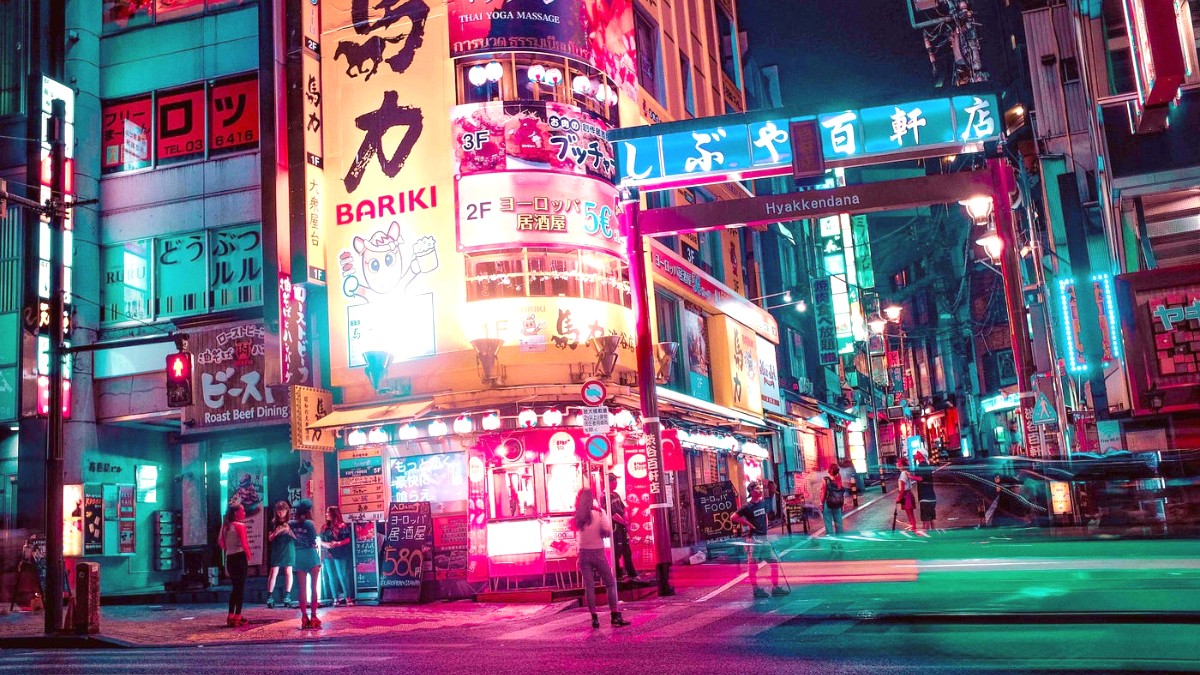
North Of Tokyo, Japan
Temperatures can fluctuate, especially between central Nikko and the higher Oku-Nikko areas. Summer can be hot and humid, while spring sees pleasant, rising temperatures.
Autumn mornings and evenings can be cool. Winter brings cold temperatures and common snowfall, specifically in Oku-Nikko. Layering is the most advisable approach.
Comfortable walking shoes or sneakers are suitable for extensive walking around central Nikko and the shrine area.
Sturdy hiking boots or trail shoes provide good support and grip, especially for trails in Oku-Nikko or wetter conditions.
Waterproof, insulated boots with good grip are needed for snow and ice, especially in Oku-Nikko during winter months.
Keeping important documents organized and accessible is a must for a smooth journey. Have both original and copies ready.
Japan uses 100V with Type A/B plugs. Most modern electronics are dual-voltage and auto-adjust. A Universal travel adapter for Japan is a good idea. Mobile phones are compatible with local networks.
Capture Nikko's beauty with appropriate camera gear. Ensure you have ample power for all your devices throughout long sightseeing days.
Google Maps for directions and transit. Japan Transit Planner (Jorudan or Navitime Japan Travel) for detailed train schedules.
Google Translate provides offline, voice, and camera translation features, very useful for signs and menus.
Use cloud storage (Google Drive, Dropbox) or an External hard drive to secure important photos and documents.
Prepare for minor ailments with a compact kit. Having familiar remedies can make a difference during your trip.
Ensure your comfort and protection from environmental factors. Certain personal hygiene items might be easier to bring from home.
For extensive hiking, a Daypack for water, snacks, and extra layers is advisable.
If planning skiing or snowboarding in Oku-Nikko, specialized winter wear is needed.
For exploring Nikko by bicycle, specifically around Lake Chuzenji or the local streets.
Small items can significantly enhance your trip, especially during transit or for peace of mind about your valuables.
These items avoid unnecessary local purchases.
Contribute positively to the local environment and community.
Use reusable bottles and bags to minimize plastic consumption.
Choose local businesses for dining and souvenirs.
Respect local customs, traditions, and natural settings.
Rolling clothes rather than folding them can maximize space in your luggage and reduce wrinkles, a simple method for efficient packing.
Consider packing cubes to keep your suitcase organized and simplify finding specific items quickly.